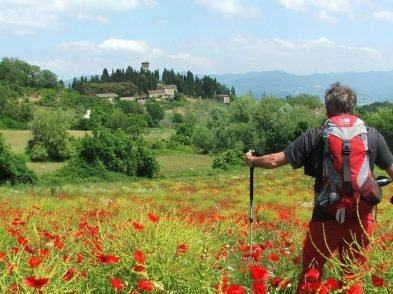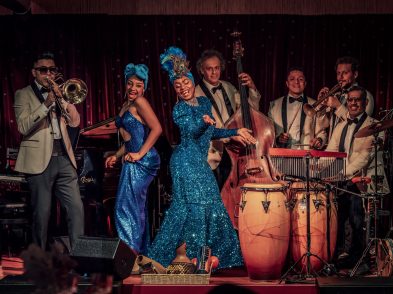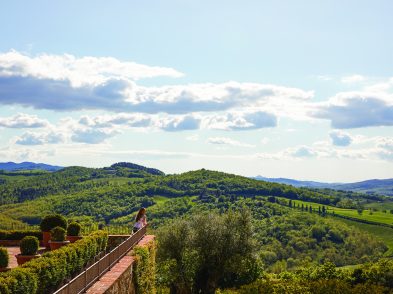I left Florence two weeks ago, and when I did, I left a piece of myself in the stone that built this city. One Sunday in Fiesole, I touched the rock on Monte Ceceri, home to a quarry of pietra serena, a stone used in the creation of buildings and sculptures in Florence since ancient times.
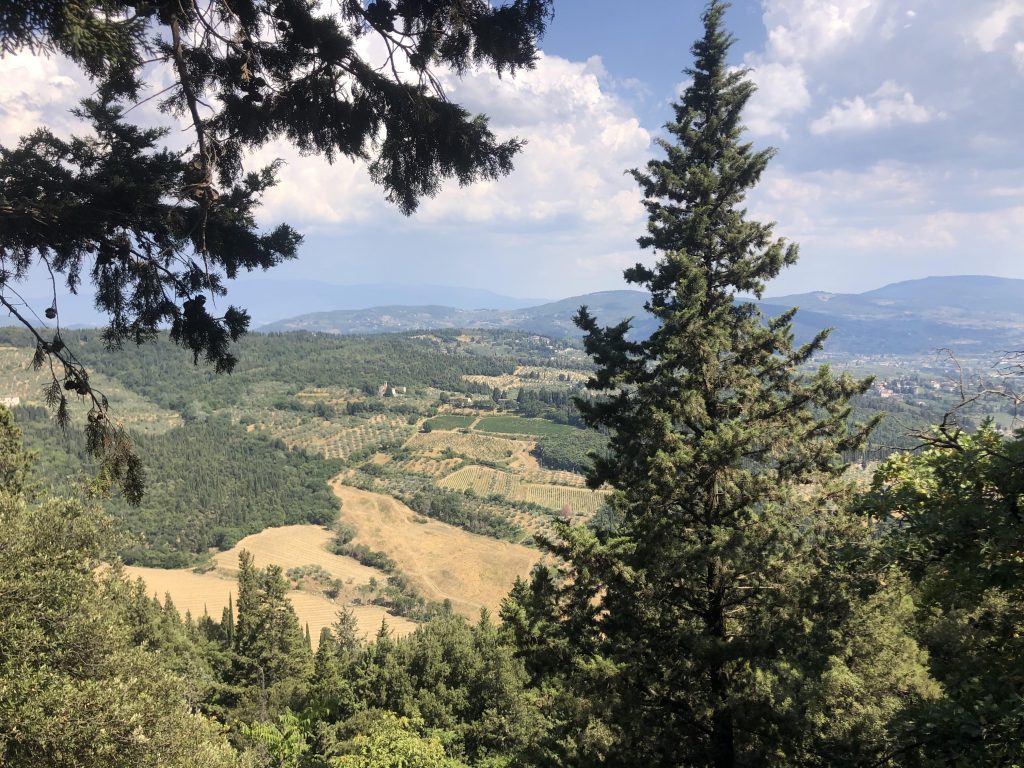
Discovered by the Etruscans, pietra serena became the favored material in construction across Renaissance Italy and elevated the city of Florence to new heights. The stone was used by Michelangelo, Brunelleschi and Vasari to bring the masterpieces they dreamt up to fruition. To reach Fiesole, I walked along a trail called the Via degli Dei, or the “Way of the Gods”. The trail retraces an ancient road that stretches from Bologna to Fiesole and crosses formidable mountains, including Monte Venere, Monte Lunario and Monte Giunone.
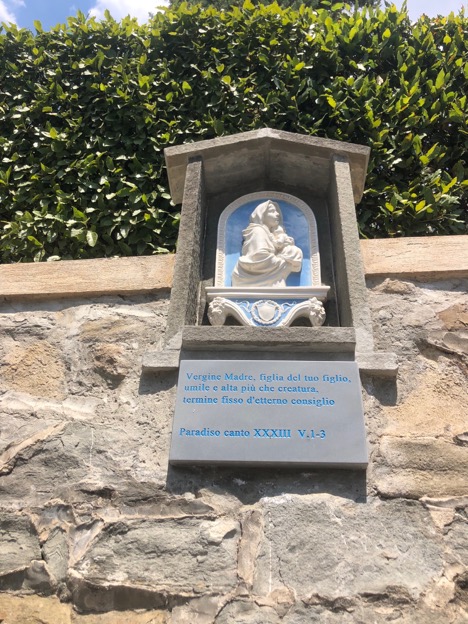
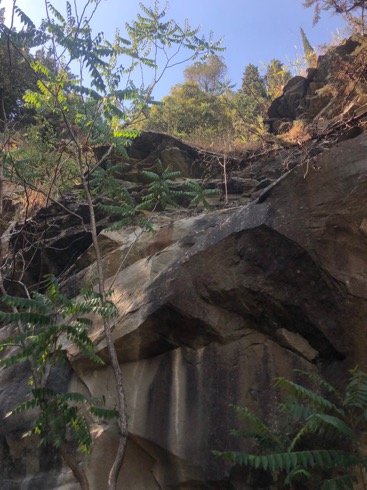
During my exploration, I reflected on two homecomings I was undertaking: one to my ancestral home of Italy and another to the natural world. By journeying to Monte Ceceri, I returned to the place from which I came and from which we all came. While on the hike, I realized both the permanence and transience across the natural world. Once engulfed by the trails, the surrounding landscape looks nearly the same as the trails I hiked in Virginia and New York many times before. The trees here and there embraced me and spoke to one another, the grass tickled my ankles, and there was a perceptible harmony in the ecosystem. Not until the trees cleared and the landscape came into view, was I reminded that I was in a very different place than the one I call home. Olive groves populate the land rather than grape vineyards. A sea of terracotta roofs atop mustard yellow buildings forms Florence from afar. When amidst trees and mountains, we are reminded of how small we really are.
This study abroad experience has marked my first trip to Italy, and I have felt most connected to my ancestors and Italian heritage while immersing myself in the natural world—in Capri, Cinque Terre and, now, in Fiesole. On my final day in Florence, my newfound friends and I climbed the bell tower. We ascended one flight and were rewarded with an elevated view of the city. With each succeeding flight, the views observable from each platform became increasingly striking. Atop the campanile, the people appeared as puffs of smoke, though the surrounding mountains stood sturdily. My heart went out to each bobbing head, each puff of smoke, and I pleaded for them to look at one another and smile.
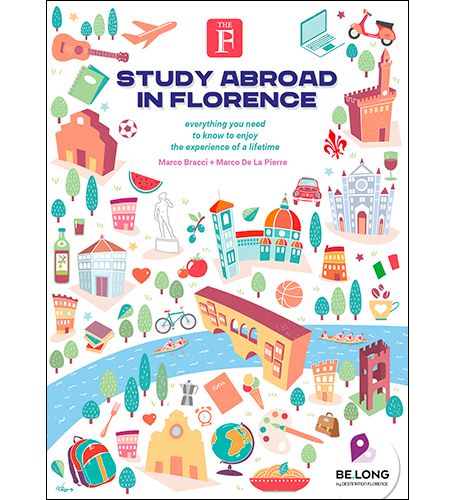
Study Abroad in Florence. Everything you need to know to enjoy the experience of a lifetime
edited by Marco Bracci + Marco De La Pierre
Studying abroad in Florence is a life-changing experience that will have a positive impact on your future. Studying in Italy means discovering a culture that has shaped the philosophy, aesthetics and lifestyle of the world.
Paper copy + Digital PDF
USA ORDERS: If you are ordering from the USA, the book is also available in “print on demand” through Amazon.com
On July 30, I left Florence to begin a trek from Chamonix, France to Zermatt, Switzerland. On one day of the trek, we summitted the Schwarzhorn, a mountain near Grindelwald. At the top, we discovered a cross, just as we had at many peaks prior. The crosses served as reminders that we made it to these summits because the Lord willed us to. He wanted us to see the world from these heights. At the top of the mountain, I sat and swiveled, trying to absorb the experience. It felt gluttonous almost, trying to consume it all and partly hoping it would consume me. At over 3,000 meters, we sat and stared and breathed. At the top of Giotto’s bell tower, I hadn’t been as high above the ground, but my heart soared equally. I touched the pietra serena of Monte Ceceri and thought of my family. I left with a fortified connection to our shared past, not just the one shared by my Italian relatives, but our human family.
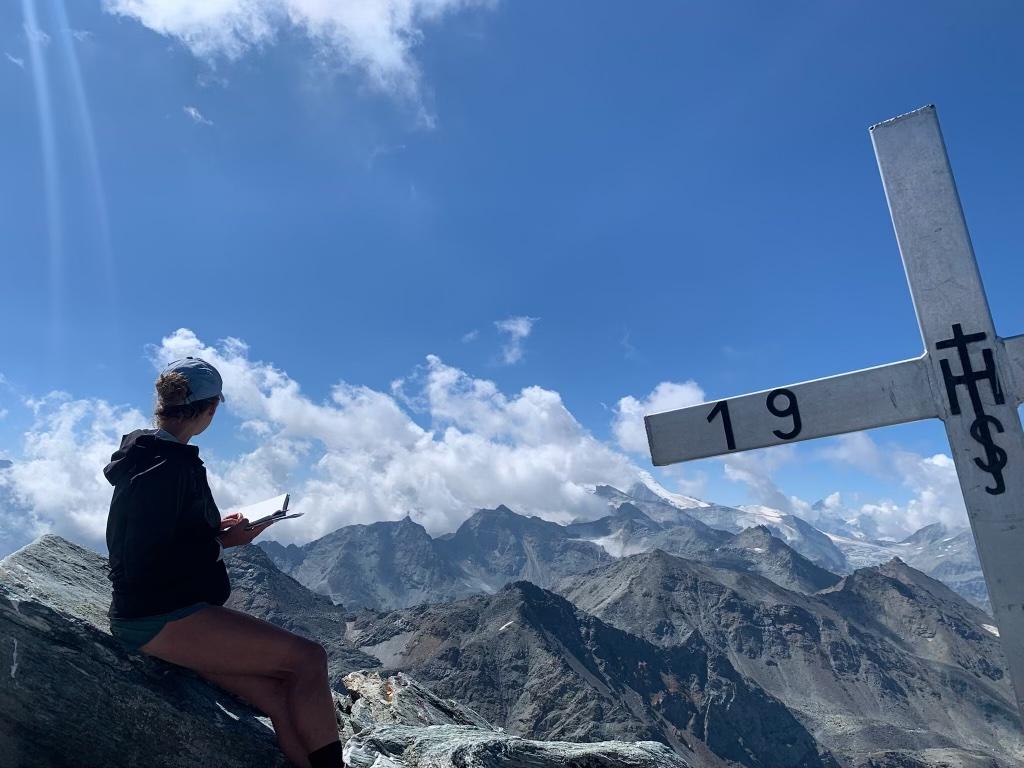
On July 22, protesters demonstrated in front of Botticelli’s Primavera in the Uffizi. They stood in front of the masterpiece and told spectators that the fertility and beauty found in nature, all that the painting seeks to celebrate, is in jeopardy. Without a flourishing world in which pietra serena can be found in abundance, without the 119 species of plants that inspired Botticelli in his work, inspiration will amount to nothing.
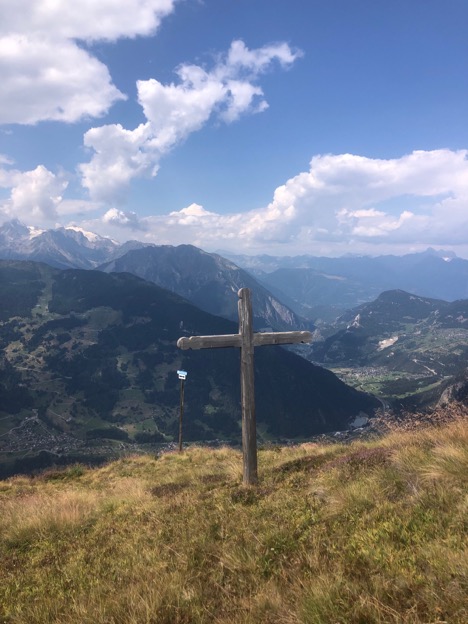
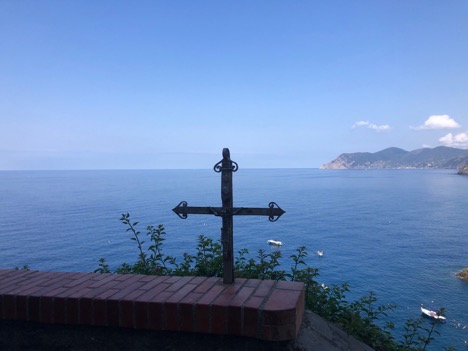
Florentines have endured a summer of oppressive heat. It is hard to feel appreciative for your environment when you can hardly spend seconds outside without feeling weary. It is for this very reason that we must summon our strength and protect the place from whence we came. The pictures in this article include scenes of natural wonders, most containing emblems of the sacredness of the environment and the gifts we have been granted. We must remember that the resources from this earth allowed Florence to soar to unparalleled heights. We all find our roots in this stone—and we must recall that it is our collective responsibility to preserve our earth, together.




